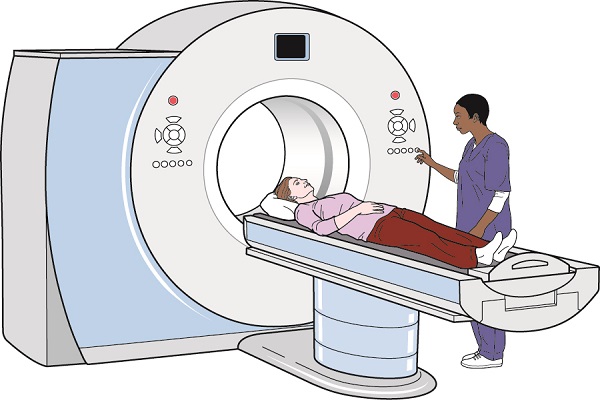Evaluation of balance function in patients with radiologically (CT scan) confirmed otosclerosis
DOI:
https://doi.org/10.15419/bmrat.v6i3.526Keywords:
Balance, Otosclerosis, Canal paresis, Vestibular function, Hearing impairmentAbstract
Objective: To assess balance function in patients with radiologically confirmed otosclerosis. Methods: Sixteen patients (14 females and 2 males), who attended the Neuro-Otology clinic/ ENT clinics at the Royal National Throat Nose and Ear Hospital, participated in this study. After general medical, audiological and Neuro-Otological examination, patients underwent the caloric and rotational testing.
Results: Thirteen of the 16 patients had radiologically confirmed otosclerosis (12 females and 1 male). A total of 3 patients (2 females and 1 male) did not have CT confirmation of otosclerosis, and therefore, were excluded from the study. The remaining 13 patients' data were analyzed. Nine patients had a mixed hearing impairment at least on one side, while eight patients had a bilateral mixed hearing loss and one patient had a sensorineural hearing loss on one side. Four patients had a bilateral sensorineural hearing loss. Only 1 patient had a canal paresis (CP) at 35 %. None of the patients had any significant directional preponderance (DP). The patient with significant CP (35%) did not show any rotational asymmetry on impulsive rotation. Eleven patients had a rotational chair test. Only one patient had a significant asymmetry to the right at 25.30% (normal range is <20%). Overall, 18% (n = 2) of the radiologically confirmed otosclerosis patients showed an abnormal balance test, including both caloric and rotational tests. More than 80% (n = 9) of the patients with radiological otosclerosis showed balance symptoms.
Conclusions: the current study indicates a high prevalence of balance symptoms (n = 9 or 82%) in patients with radiological otosclerosis, although only a small proportion (n = 2 or 18%) showed an abnormal vestibular function on caloric and impulse rotation testing. However, due to a small number of samples, further validation of this result is warranted.

Downloads
Published
Issue
Section
License
Copyright The Author(s) 2017. This article is published with open access by BioMedPress. This article is distributed under the terms of the Creative Commons Attribution License (CC-BY 4.0) which permits any use, distribution, and reproduction in any medium, provided the original author(s) and the source are credited.
